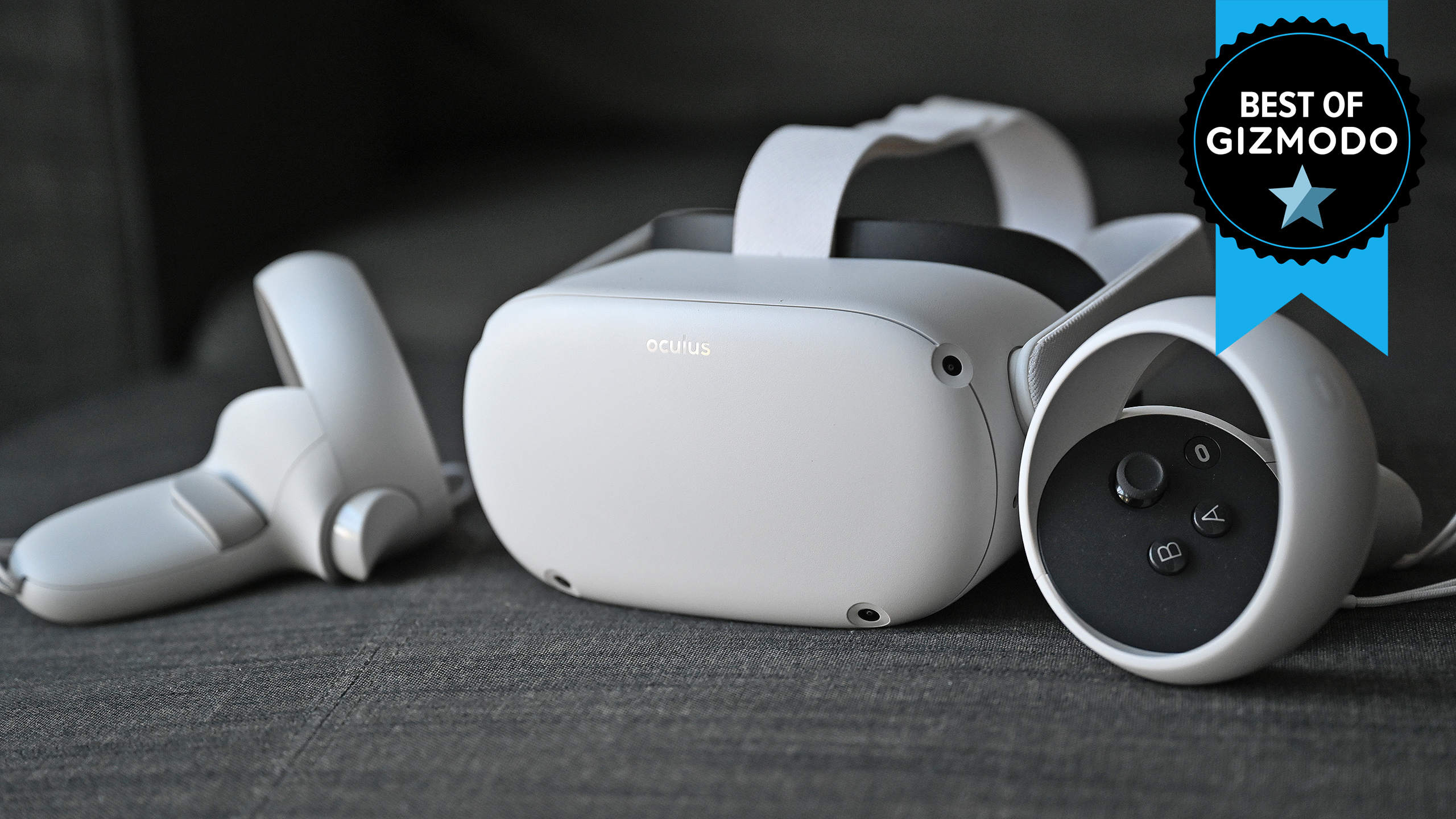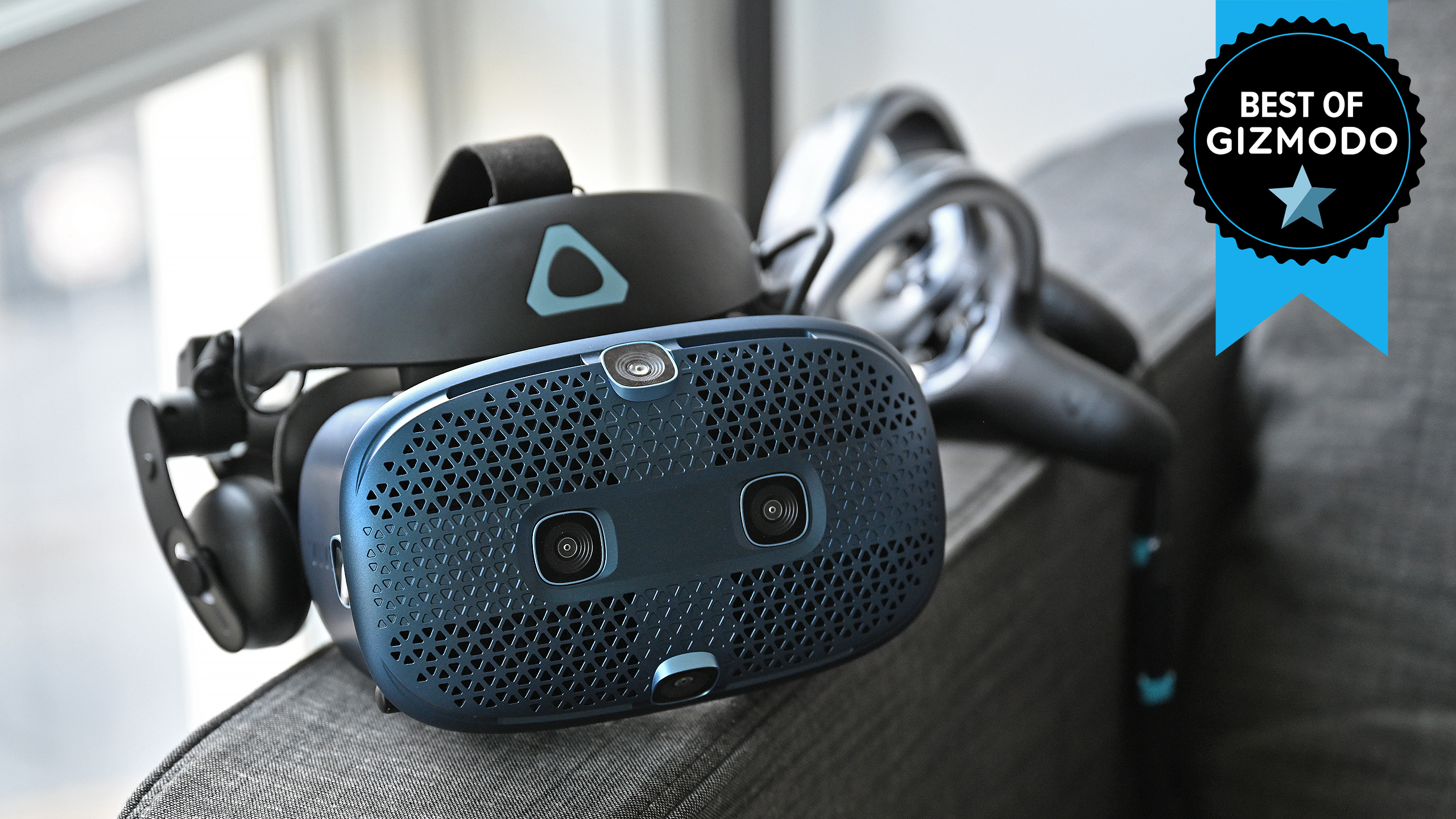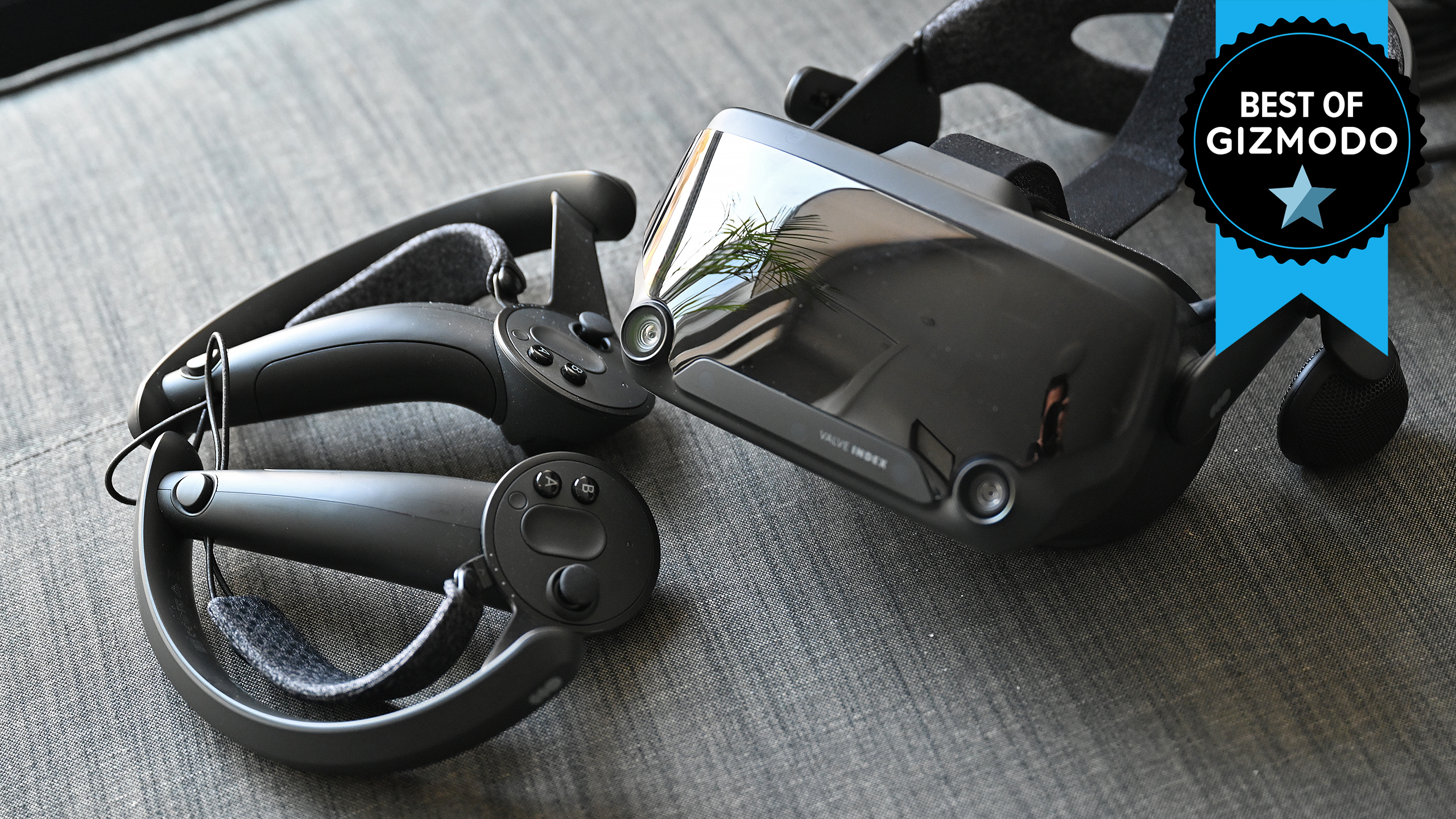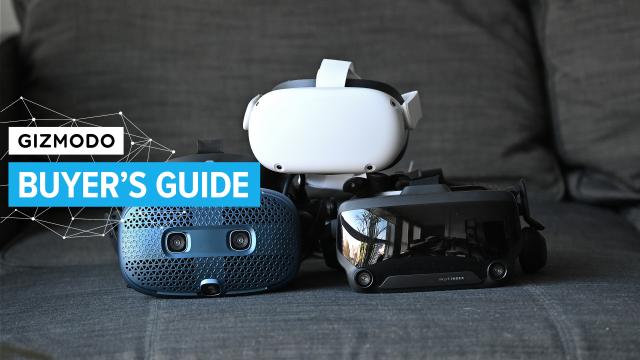In the short time since Oculus and HTC basically ushered modern consumer VR into existence, VR HMDs (aka VR headsets) have come a long way from the big, bulky contraptions with low resolutions we first saw in 2016. But now, not only is there a huge library of VR games and experiences, there’s a wide range of headsets to choose from including fully wireless standalone HMDs starting at just $400 to premium tethered options with grip-sensing controllers, high-refresh rate displays, and more.
And while VR still might not be everyone’s preferred flavour of sci-fi tech come to life, most of VR’s early issues like poor motion tracking and the “screen door effect” have been greatly improved. That said, anyone prone to dizziness or motion-induced nausea will want to give these newer headsets a try before plunking down big money on a shiny new VR setup.
So for anyone trying to decide which VR headset is right for them, we’ve broken your choices down into three main categories from noob to enthusiast, so check them out below.
The Best Cheap VR Headset for Beginners: Oculus Quest 2 (Starts at $479)

For people looking for the simplest and least expensive way to get into VR, the Oculus Quest 2 is the easy pick. Starting at just $479, the Oculus Quest 2 is one of the cheapest standalone VR headsets on the market (not counting smartphone-based HMDs which frankly aren’t worth bothering with anymore), while still offering built-in spatial audio speakers, up to a 90Hz refresh rate, and an 1832 x 1920 pixels per-eye resolution. And that’s all without ever need to connect the Quest 2 to a nearby PC.
That said, for anyone who wants access to the Oculus Rift’s existing library of VR content, you can also use Oculus Link to turn the Quest 2 into a tethered headset powered by a PC. So in essence, with the Quest 2 you’re getting two VR headsets in one: a standalone mobile HMD for playing games completely wire-free, and a headset that can be connected to a computer to get access to more resource-intensive titles.
Honestly, the biggest downside to the Quest 2 will hinge greatly on your opinion of Oculus’ parent company Facebook, as first-time Quest owners will need a Facebook account to log into the Oculus store, and if you ever decide to fully delete your Facebook account, you’ll also be nuking your entire Oculus purchase history at the same time.
The Best Mid-Range VR Headset: Vive Cosmos ($1,299)

Priced at $1,299, the Vive Cosmos is a great middle ground between less expensive headsets like the Quest 2 and more costly high-end HMDs, while also offering a flexible path for upgradability. That’s because while the Cosmos does need to be tethered to a PC, it’s built-in cameras provide inside-out tracking without the need for dedicated base stations. The headset also features a fully adjustable IPD setting (instead of just three presets as you get on the Quest 2) along with a 90Hz refresh rate, built-in spatial audio speakers, and a 1440 x 1700 per-eye resolution.
But the best part is that if you ever feel like upgrading to get even more accurate tracking, you can simply swap out the Cosmos’ faceplate for HTC’s Cosmos Elite faceplate to get full room-scale VR instead of having to buy a completely new headset.
Also consider: HP Reverb G2 ($1,099)
Boasting a 2160 x 2160 per eye resolution, a 90Hz refresh rate, and optics designed in partnership with Valve, the HP Reverb G2’s specs are better than practically any other headset on the market. For its second-gen HMD, HP also updated the Reverb’s controller to feel and function more like a standard VR controller, while still delivering inside-out tracking via built-in cameras instead of external base stations. And at $1,099, the Reverb G2 is $200 less than the Vive Cosmos. Unfortunately, we can’t select it as our top pick yet simply because it isn’t available yet, and we’ve yet to try out the HP Reverb in person. But for any potential VR heart buyers looking for a real value, stay tuned for more info on the Reverb G2 as it gets closer to release sometime in mid-November.
The Best High-End VR Headset: Valve Index ($US1,000 ($1,376))

Editor’s Note: The Valve Index is not available in Australia.
Sporting a price tag of $US1,000 ($1,376) for the full VR Kit, the Valve Index definitely ain’t cheap. However, if you already have your own Base Stations (also known as lighthouses) or motion controllers, there are less expensive bundles that can reduce the price of upgrading. Either way, even though the Index’s per-eye resolution of 1440 x 1600 isn’t as high as some of its competition, it offers the most accurate motion tracking, a high 120Hz refresh rate (with an experimental 144Hz mode), a wider FOV, and arguably the best controllers you can get on a consumer VR headset right now.
Sporting 87 sensors in each controller, the Index can track individual finger movements, measure your grip, and includes a nifty design that lets you fully open your hand without dropping the controller. In a segment where total immersion is the dream for any enthusiast, the Index’s controllers really set it apart. For all of you out there seeking to play Half Life: Alyx as it was meant to be played, the Index is it.
Wait, what about smartphone-based VR headsets?
While they were interesting and novel solutions to creating less expensive but still portable VR solutions, the reality about smartphone-based VR headsets like Samsung’s Gear VR and Google Daydream are they were really only intended to be a stop-gap to tide people over until more proficient standalone VR HMDs became available. Limiting VR headsets to the processing power and displays you can put in a smartphone was never a viable long term solution, and now that Google has killed Daydream and Oculus has ended its partnership with Samsung (effectively killing Gear VR), any real momentum behind smartphone-based VR headsets is basically gone. That’s not to say you should toss out your Gear VR or Daydream headsets right this second (unless you want to), just don’t expect any updated version to come out anytime soon.
How has this list changed? Read back through our update history:
11/7/2020: This is a brand new list! – Sam Rutherford
